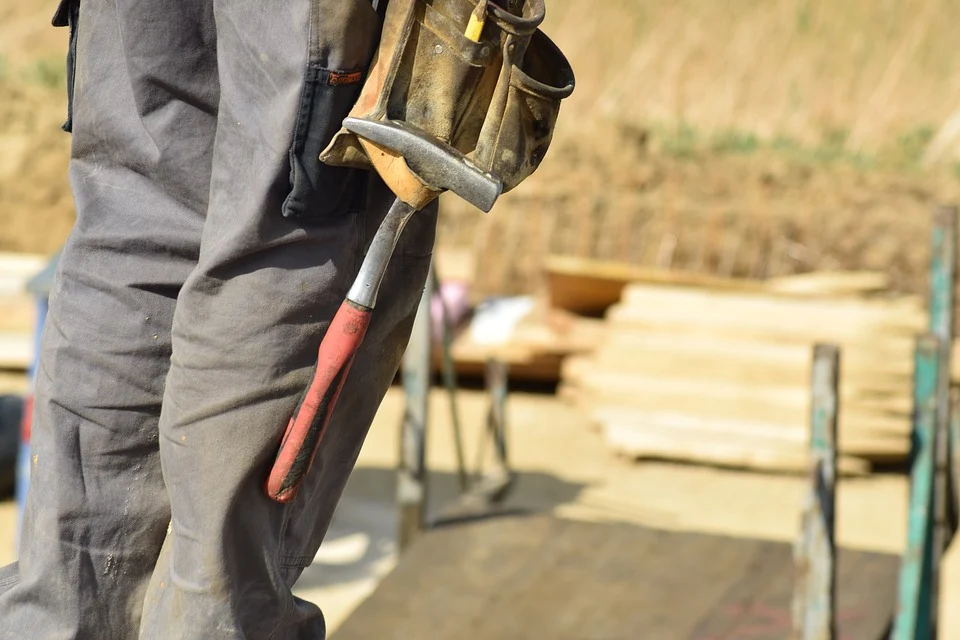
What is Silicosis?
Published on October 14, 2019 by Julia Harrison
Silicosis is an incurable lung diseases that is caused by the inhalation of crystalline silica dust. Silicosis is a progressive condition that results in the inflammation and scarring of the lungs.
Who can contract silicosis?
Silicosis is most common in people who are exposed to moderate to high levels of silica dust over an extended period of time, usually during the course of their employment. In some circumstances, exposure to very high levels of silica dust for as little as a few weeks or months can lead to the development of acute silicosis.
Silicosis most commonly affects stonemasons, concreters, bricklayers, tilers and other people in the building and construction industry, particularly those who were frequently exposed to dust generated from work with various forms of stone, concrete, bricks and tiles.
Anyone that has been exposed to and inhaled a significant enough level of crystalline silica dust could contract silicosis or other silica-related lung diseases such as progressive massive fibrosis or silica induced lung cancer.
Silicosis has a long latency period and the onset of symptoms can develop anywhere from 5 to 40 years after your exposure to silica dust.
Identifying the symptoms
| Early symptoms of silicosis include: | Later stage symptoms: |
|
– A nagging cough; – Persistent phlegm production; and – Difficulty breathing, particularly if this difficulty has been getting progressively worse over time.
|
– Trouble breathing; – Fatigue; – Weight loss; – Chest pain; – Fever that comes on suddenly; – Shortness of breath; – Swollen legs; and – Blue lips. |
The three most common forms of silicosis are:
1) Acute: Symptoms typically develop within 2 weeks up to 2 years after exposure to high levels of respirable silica;
2) Chronic: Symptoms can develop many years to decades after you’ve been exposed to low or moderate amounts of silica. This is the most common type of silicosis. Symptoms typically begin as a cough or breathing difficulty and slowly worsen over time;
3) Accelerated: Symptoms are often noticeable between 5 to 10 years after heavy exposure to silica and progress rapidly.
Compensation
The process for dealing with claims for dealing with silicosis and other silica-induced diseases differs from state to state, so it is important to speak to an expert in the field such as Carroll & O’Dea Lawyers.
In NSW, claims may be brought under the applicable workers compensation scheme and/or through court proceedings. People diagnosed with a silica-induced disease that was contracted in the course of their employment in NSW can also make an application to Dust Diseases Care (formerly the Dust Diseases Board) for assessment and compensation in addition to potentially bringing a common law claim.
A claim for a person suffering from a silica-induced disease usually takes between 6 and 12 months to complete but can be progressed more quickly in urgent cases.
The value of your case will vary depending on a number of factors including the level of disability arising from the silica-induced disease, the likely progression of the disease, your age and whether or not you are still engaged in employment at the time that symptoms develop.
What to do if you or a loved one has a silica-induced disease?
If you are concerned that you, or a loved one may have contracted silicosis, contact Julia Harrison, Partner at Carroll & O’Dea Lawyers for a free, no obligation assessment of your case and to discuss how the experts at Carroll & O’Dea Lawyers can best assist you during this difficult time.
